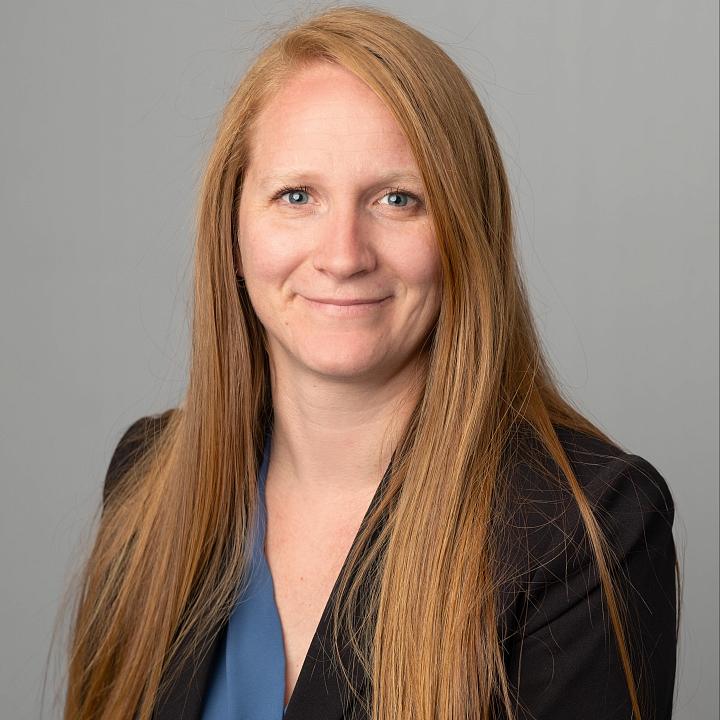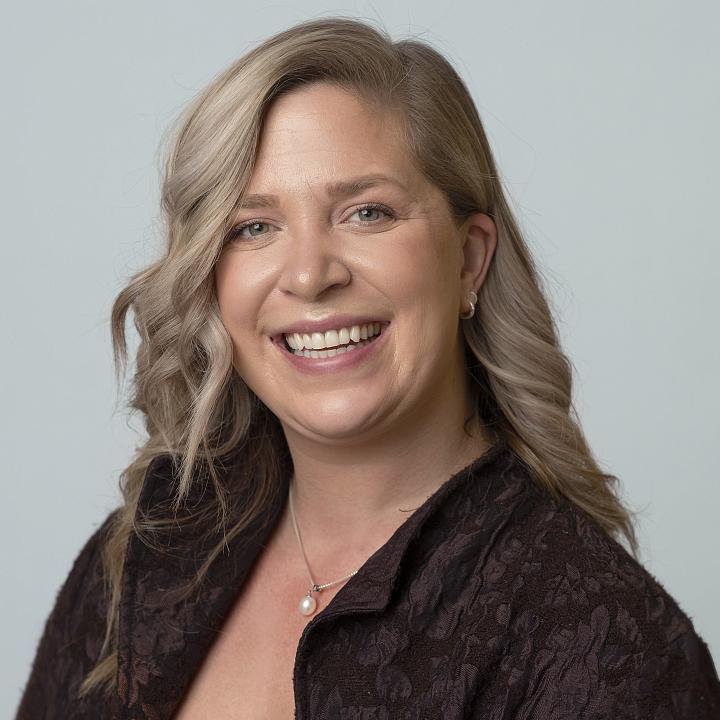
Interventional Radiology Residency: How to Apply
Jump to
We recruit 1 PGY-2 advanced position in our Interventional Radiology – Integrated program. We strive to compose a group of trainees with unique talents and perspectives to enrich our program. We encourage qualified applicants from all regions of the country, those with unique backgrounds, women and under-represented minorities to apply. University of Utah is a wonderful place to train!
We participate in the National Resident Matching Program ® (NRMP ®) and only accept applications and supporting documents via the Electronic Resident Application Service ® (ERAS®). Applications must be completed in full prior to your interview. Please see our eligibility requirements. The preferred application deadline for our program is October 1. Applications submitted after this date may be considered, but interview invitations will be subject to availability.
Due to the high number of applications we receive, we will be utilizing the program signals and geographic preferences offered in ERAS along with our holistic application review to consider which candidates to invite for an interview.
To process your application, we require the materials listed below:
- Common ERAS® application form
- Curriculum vitae
- Personal statement
- Medical school transcript
- Medical Student Performance Evaluation (MSPE)
- United States Medical Licensing Examination® (USMLE®) Step 1 result*
- USMLE® Step 2 CK result when available*
- Three letters of recommendation
- If candidate is in or has completed a qualifying year, one letter must be from your current/most recent program director
* COMLEX scores may be substituted for USMLE ® scores.
Eligibility
- Applicants must meet one of the following qualifications to be eligible for appointment to an ACGME-accredited program:
-
be a graduate from a medical school in the United States or Canada, accredited by the Liaison Committee on Medical Education (LCME) or graduation from a college of osteopathic medicine in the United States, accredited by the American Osteopathic Association Commission on Osteopathic College Accreditation (AOACOCA);
OR
- Be a graduate from a medical school outside of the United States or Canada and hold a currently valid certificate from the Educational Commission for Foreign Medical Graduates (ECFMG) prior to appointment.
-
- Prerequisite Training
- All prerequisite post-graduate clinical education required for initial entry or transfer into ACGME-accredited residency programs must be completed in ACGME-accredited residency programs, AOA-approved residency programs, Royal College of Physicians and Surgeons of Canada (RCPSC)-accredited or College of Family Physicians of Canada (CFPC)-accredited residency programs located in Canada, or in residency programs with ACGME International (ACGME-I) Advanced Specialty Accreditation.
- To be eligible for appointment to the program, residents must have successfully completed a prerequisite year of direct patient care in a program that satisfies the requirements in 2a in anesthesiology, emergency medicine, family medicine, internal medicine, neurology, obstetrics and gynecology, pediatrics, surgery or surgical specialties, the transitional year, or any combination of these.
- The prerequisite year must include a minimum of 36 weeks in direct patient care.
- During the prerequisite year, elective rotations in interventional radiology, diagnostic radiology or nuclear medicine must only occur in radiology departments with a diagnostic radiology, interventional radiology or nuclear medicine residency program that satisfies the requirements in 2a, and must not exceed a combined total of eight weeks.
- The elective rotations in radiology should involve active resident participation and much not be observational only.
- The elective rotations in radiology should be supervised by a radiology program faculty member.
Selection Criteria
Similar to other programs, the number of applications we receive has increased over the last few years. We will be utilizing program signals and geographic preferences offered in ERAS along with our holistic application review to help us select applicants for interviews. We are more likely to offer interviews to applicants who signal our program.
Our selection committee reviewing applications considers the most important aspects to be performance on clinical clerkships, class ranking (if available), MSPE comments, Step 1 and Step 2 scores (if available), research experiences, leadership qualities, potential for academic career, outstanding letters of recommendation and formative life experiences. None of these are requirements and we believe in reviewing applications holistically as applicants may excel in some particular areas.
General characteristics* of applicants that have matched to our program in the last 3 years include: U.S. MD senior or graduate, USMLE Step 1 pass on first attempt (as there is no longer a Step 1 score), Step 2 score of 250 or higher, top 50% ranking in medical school (if ranking available), Honors grade on several clinical rotations (if Honors is available), research experiences, volunteer experiences, and personal characteristics demonstrating: determination, personal/professional growth mindset, maturity, excellent communication and ability to adapt.
*None of these are requirements for our program but are listed here to provide a general sense of characteristics of successful applicants.
Interview Day Information
Per AAMC and Association of Program Directors in Radiology recommendations, we will be conducting interviews virtually this year in November rather than in-person interviews. If you are selected to interview with our program, you will receive an email invitation through Thalamus, usually in mid-October.
Interviews are typically held on Thursdays, offering two sessions per day as outlined below. Each session provides opportunities to meet with multiple faculty members and residents.
Interventional Radiology - Integrated/Diagnostic Radiology Program Applicants: We understand the interview season can be time-consuming for applicants. Candidates who have applied to both Diagnostic Radiology and Interventional Radiology - Integrated will be considered for both programs after completing an interview with either program.
We offer interview slots in the following time frames:
- AM: 7:30am MST – 11:00am MST
- PM: 10:30am MST – 2:00pm MST
Sample Regular Interview Day Schedule:
7:30am/10:30am: Chairman Welcome
7:45am/10:45am: Program Director Program Overview and Welcome
8:00am/12:00pm: Faculty Interviews
10:00am/1:00pm: Resident Social
11:00am/2:00pm: Interview Day Conclusion
Post-Interview Communication
The interview day is designed to provide you with a clear picture of our training program and includes multiple opportunities to ask questions of our residents, program leadership, and faculty. In the spirit of the fairness to all applicants, post-interview communications or second look visits will not impact an applicant’s ranking. On interview day, applicants will be provided contact information for program representatives for questions that arise after the interview.
Thank You Notes
Thank you notes are not necessary, will have no bearing on ranking, and such communications will not routinely receive a reply.
In Person Visits
In person visits are neither required nor encouraged. We know making decision about training can be difficult so if you choose to come visit, you would be welcome. In order to maintain equity for all applicants, you will not be able to meet with faculty members of the selection committee or the program directors during your visit nor will they be notified of your visit. Contact the residency manager if you are interested in arranging a visit.
This policy is in alignment with the NRMP® rules and Match Communication Code of Conduct.
Match Options and NRMP Codes
1 Advanced position – Five years of Interventional Radiology following pre-requisite 1 or more years of clinical experience in an ACGME accredited program. A 1-year surgical internship is preferred.
|
NRMP ® Code |
Program Name |
Notes |
|
1732416A0 |
Interventional Radiology – Integrated |
5 year program |
|
1732420A0
|
Diagnostic Radiology |
4 year program |
|
1732420C0
|
Diagnostic Radiology |
5 year program. Preliminary Internal Medicine year is included in the 4-year University of Utah Diagnostic Radiology Residency Program. Therefore, interviewing with and ranking the Internal Medicine prelim track separately is not necessary. |
|
1732415F0
|
Interventional Radiology – Independent |
1-2 year program depending on previous exposure to Interventional Radiology |
International Applicants
International Medical Graduates
- Must be ECFMG certified before training begins on July 1.
- Must have a clinical J-1 visa before training begins on July 1.
- Must have a complete ERAS application.
We encourage outstanding applicants to apply, as we value a wide range of talents and perspectives in our program.
Due to the large number of applications, the following traits are essential to be considered for an interview:
- Strong performance in medical school
- Strong scores on Step 1 of the USMLE
- Outstanding letters of recommendation
- Active involvement in academic research
Visiting Students
A visiting rotation is certainly not required, but can be a great way for to experience our program and we welcome visiting students. Due to the high number of applications, visiting students are not guaranteed an interview. While your rotation performance will be considered, interviews will be offered based on complete review of your application. If you are solely interested in rotating with us in order to get an interview, please review the selection criteria for interview as that will give you a sense of whether you would be successful in receiving an invitation to interview.
If you are a student/applicant interested in visiting University of Utah in person, but not participating in a rotation, we welcome you to come visit as we know choice of residency is a big decision. However, in order to remain equitable to all applicants, you will not be able to meet with faculty members of the selection committee or the program director during your visit nor will they be notified of your visit. Contact the residency manager if you are interested in arranging a visit.

